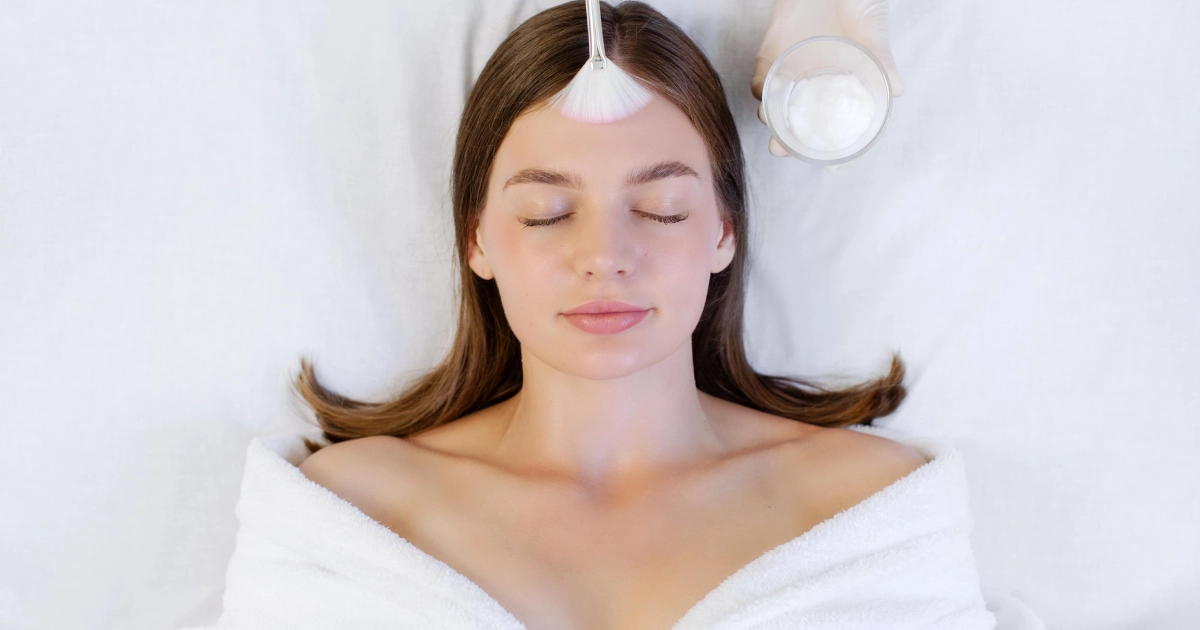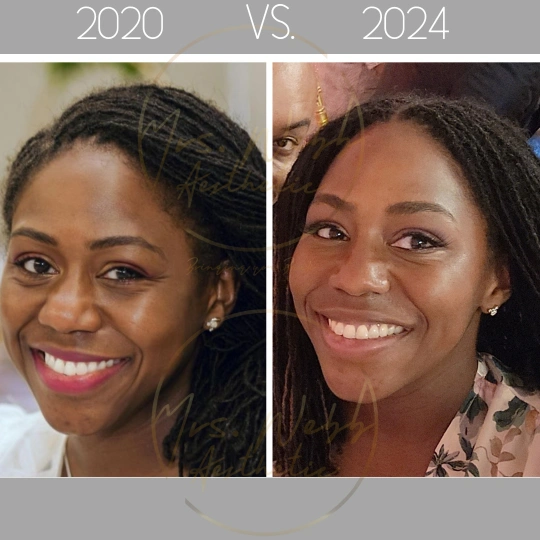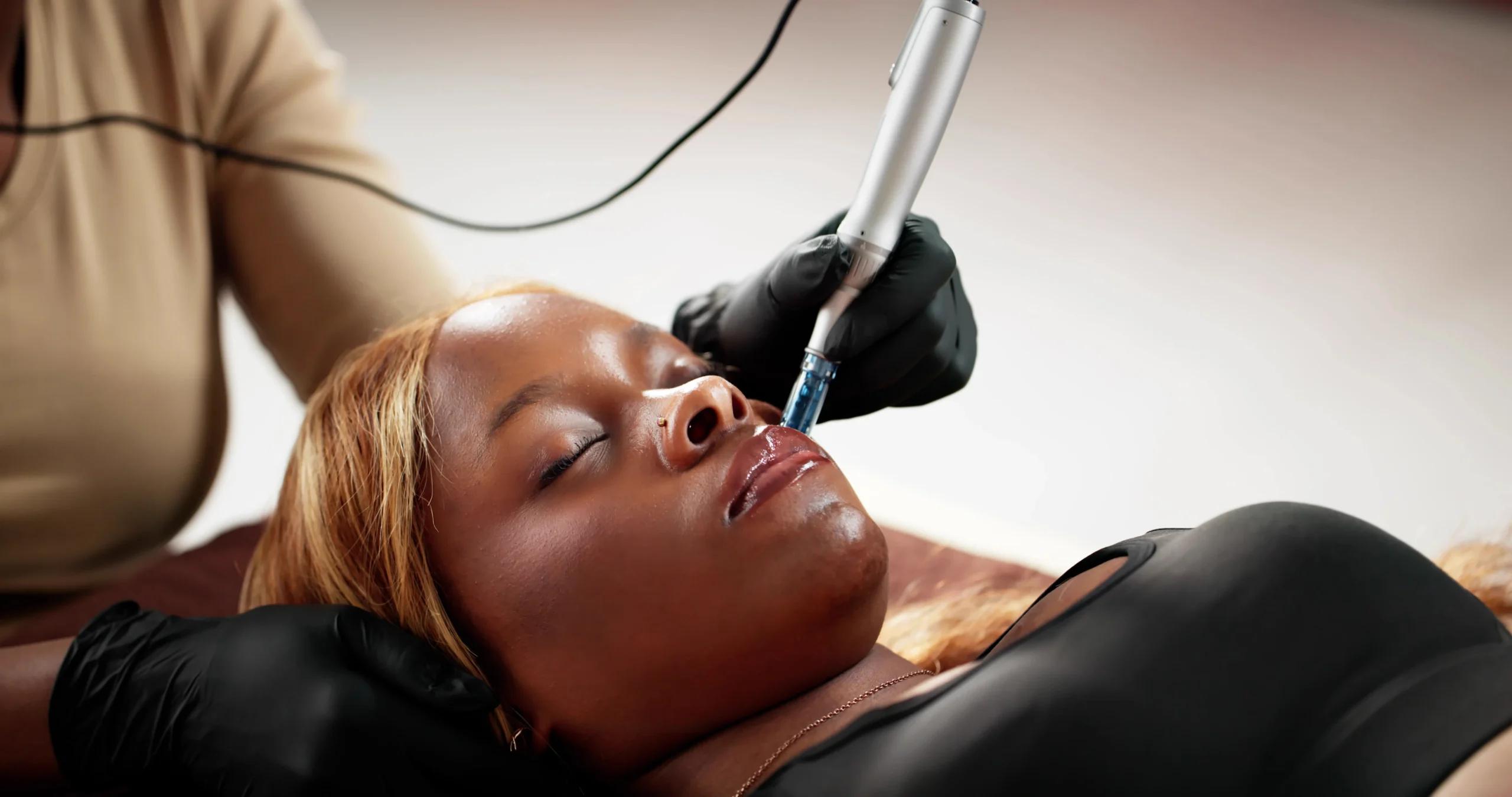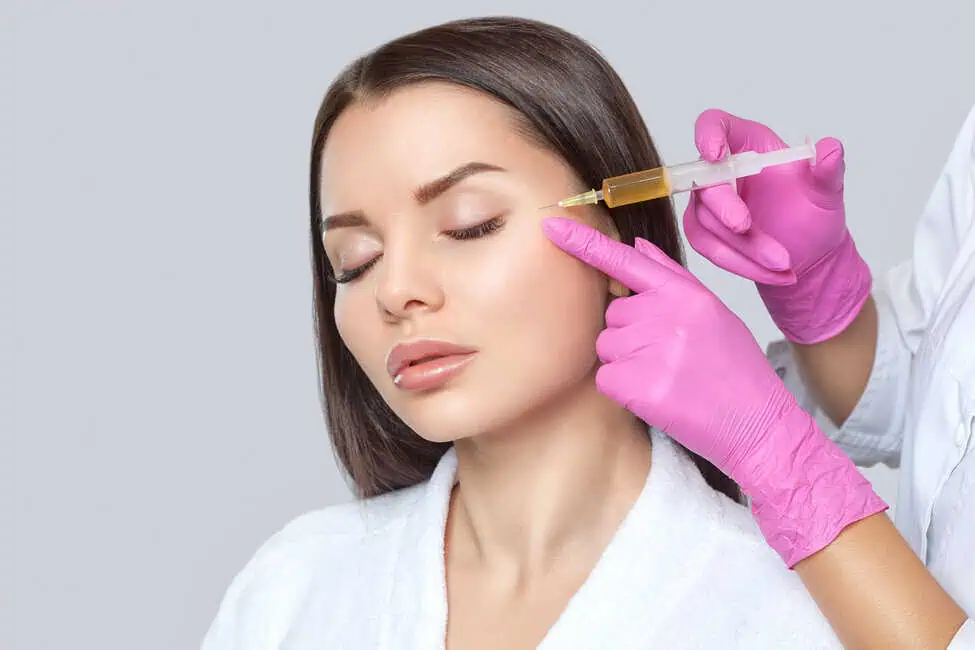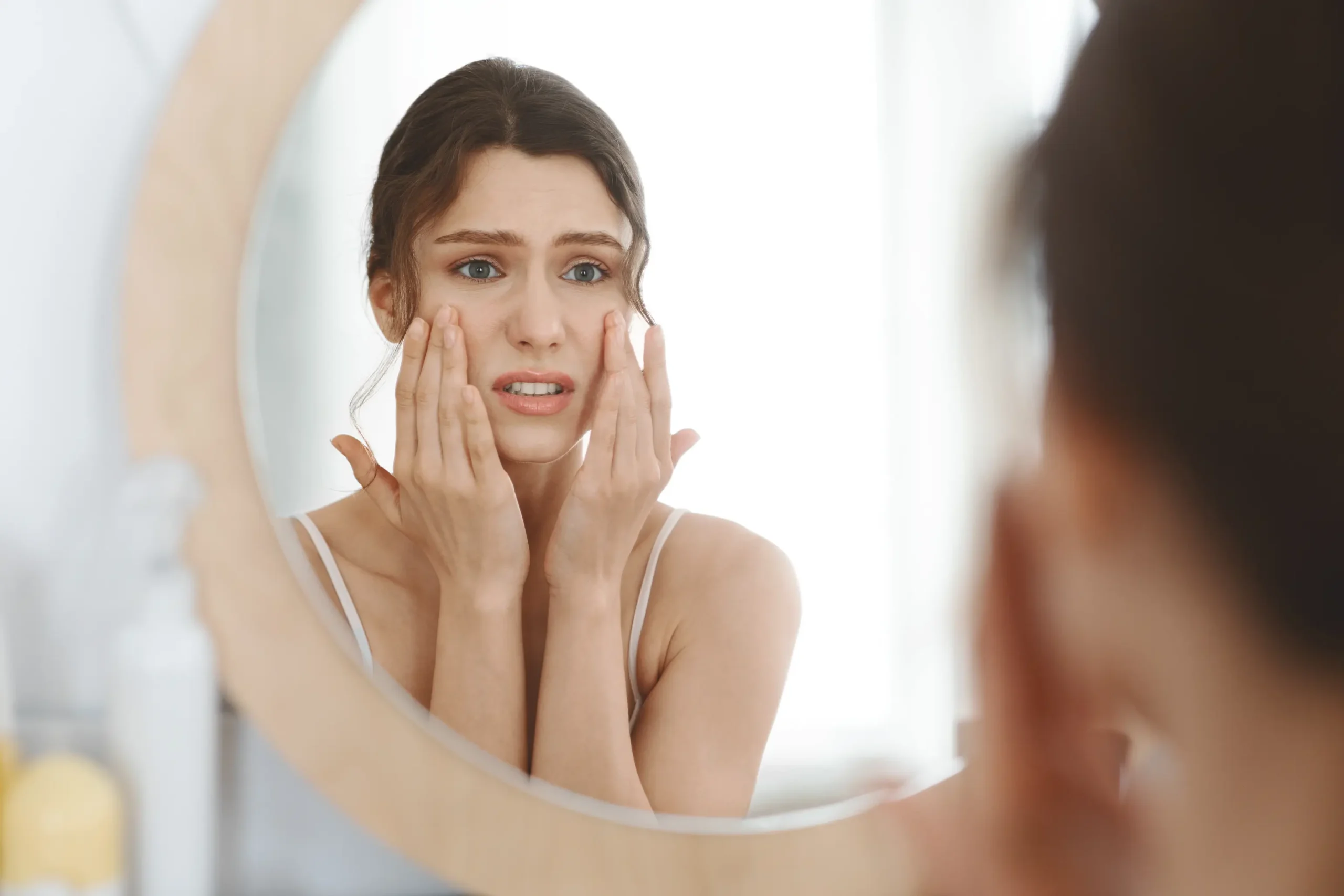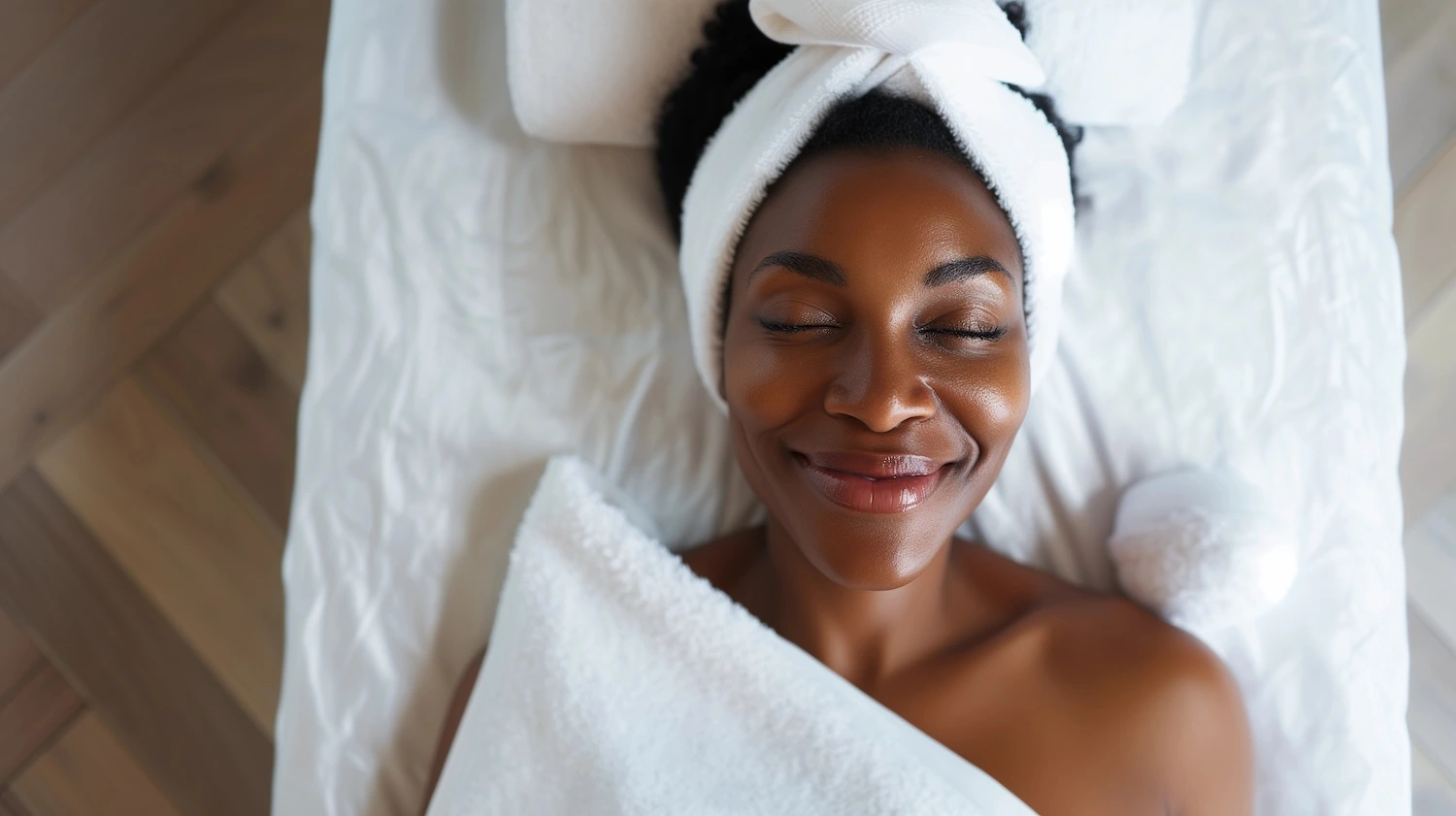Darker skin may not crack but it does DROOP.

Skin with a higher proportion of melanin (Fitzpatrick 4-6) tends to age differently from other skin types. This is due to the amount of melanin, fat disposition as well as speed and location of facial bone and fat loss as we age. Individuals with more melanin tend to have more fat loss in the midface creating pronounced smile lines (nasolabial folds) and eventually jowling.
Individuals of all ethnicities may choose to undergo and benefit from wrinkle relaxation (Botox) and/or filler treatments. These treatments ARE not limited to a specific racial or ethnic group. People from diverse backgrounds seek the cosmetic and therapeutic benefits of aesthetic treatment. Enjoying your appearance not only raises self-confidence, but also boosts your self-esteem. After receiving treatment individuals have noted improved social interactions. This new behavior often leads to a longer healthier life.
The decision to get neuromodulator treatment is a personal choice, influenced by individual preferences, lifestyle, and aesthetic goals. Consult with a qualified healthcare professional who understands the unique features of diverse skin types to ensure safe and effective treatment.
Book an appointment HERE with your local nurse injector at Mrs. Webb Aesthetic, to start your skin care journey. As a woman of color, specifically a dark-skinned black woman, I may have an interesting point of view.
Regards,
Mrs. Webb
Traveling now to Canarsie, East Flatbush, Mill Basin, St. George, Rosebank, and Park Hill. Contact us for more locations and let’s meet where YOU are.
#injectables #BIPOCskin #mobileinjector #filler #Botox #Xeomin #Dysport
Citations
Kurtti, A., Charles, C., Jagdeo, J., & Nguyen, J. (2022). Combination Facial Aesthetic Treatment in Millennials. Journal of drugs in dermatology : JDD, 21(1), 37–42. https://doi.org/10.36849/JDD.2022.6425
Photo from Al Yahya, R.S., Goisis, M. (2019). Nasolabial Folds. In: Goisis, M. (eds) Outpatient Regenerative Medicine. Springer, Cham. https://doi.org/10.1007/978-3-319-44894-7_1

